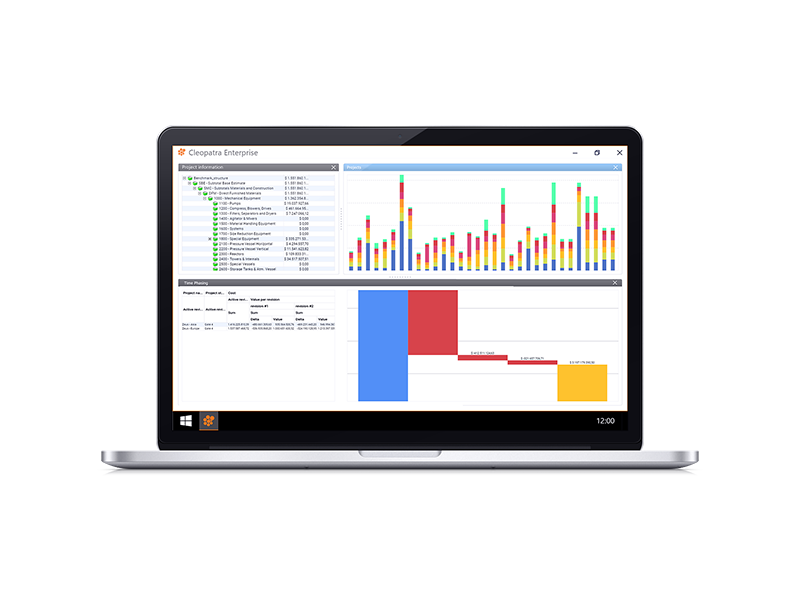Turnaround scope management is a great challenge. One of the primary reasons why a TA fails to meet its cost and schedule objectives is a lack of understanding about how the scope management process impacts the TA.
Scope management has a definitive role for Shutdown, Turnaround and Outages. Together with your maintenance and CAPEX projects departments, you are expected to determine the execution of maintenance and projects scope during a turnaround. All sorts of aspects can play a role when determining the execution of the scope. Let’s look at some of the key aspects:
Key aspects of proper scope management:
Time impact
Every piece of work added to the scope of a turnaround will have to be executed, which will take time. It may or may not, depending on the type of scope, increase the duration of the turnaround. If it does, the turnaround with an increased duration means that the plant will not be producing for a longer period, which results in production losses and causes a decrease in revenue.
Cost impact
All works performed during a shutdown have a certain cost attached to it. Not executing certain maintenance has a cost risk attached, as the next shutdown might take place a few years later than the current one. When considering the cost risk and the cost of maintenance, a choice is to be made between executing the scope now or waiting for another few years.
The necessity of plant execution during the turnaround
As mentioned earlier, every piece of work added to the scope of a turnaround has a time impact. This impact can have a huge effect on the cost because production losses may increase due to the extended turnaround period. Therefore, it is critical to check the scope performance during the turnaround. It can be possible to execute the turnaround when (part of) the plant is running. Another option is to install a double block and bleed valve system during the turnaround so that the system can be isolated when the plant is up and running again.
Regulatory obligations
Parts of the plant require replacement due to the need to comply with the obligations. It can be envisaged very early that which pieces of scope will need execution and accordingly, those pieces can be included in the preliminary budgets and the preliminary schedules.
The advantages of proper scope management
The turnaround may not be steered in the right direction due to scope creep. Hence, it is critical to properly manage scope, the backbone of your turnarounds and shutdowns. Let’s look at some of the key benefits of proper scope management:
- It serves as a great tool to discuss the duration of the turnaround with site management with earlier and better indication.
- It gives a better indication of the costs in an earlier stage of your turnarounds.
- It stimulates the alignment with regulatory obligations.
- It results in less discovery scope, missed scope and emerging scope.
Data-driven decision making in STO scope management
Leveraging the data insights could help in making more informed decisions on questions like
- ‘What does executing a certain piece of scope cost?
- How long will it take to execute the scope?
- What might it potentially cost when we do not execute this certain scope?

With dedicated turnaround cost management systems like Cleopatra Enterprise you can collect the data of all scopes performed in the past within one database, and select a certain piece of potential scope. This scope can help you analyze the duration and the cost of your turnaround.
If you don’t have any historical scope data in place, you can still make use of a cost database. This will allow you to find information about activities, including a norm time and cost. You can also plan and create a budget for pieces of scope you have not executed before.
Combining these two approaches will give you the best possible insight into the cost and duration of your turnaround, allowing you and all stakeholders to make the right decisions.
Turnaround Scope Management
Cleopatra Enterprise


Scope Management Fundamentals
SHORT COURSE
During this course, the instructors provide you with the tools and strategies to become more proficient in scope management. You’ll explore a few Cleopatra Enterprise features that can improve your scope management process.




